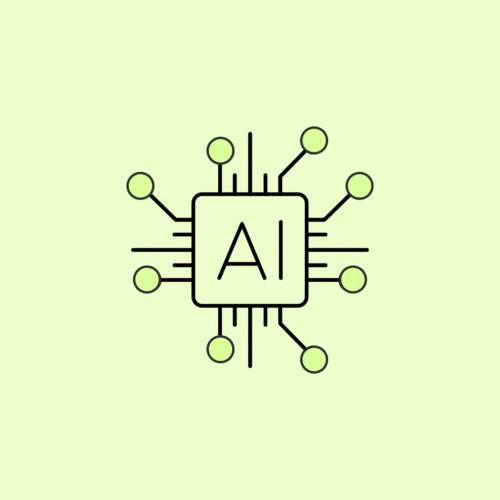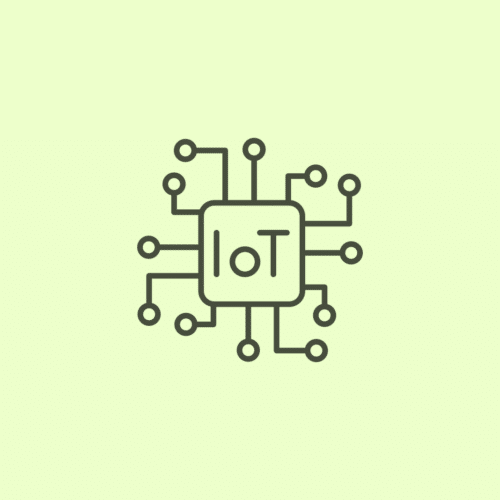BLOG
The Top 3 IoT Implementation Challenges for Manufacturing And How to Overcome Them


IoT solutions are becoming ever more popular in a wide range of industries, but especially in manufacturing. By one estimate, the market for smart manufacturing will be almost one trillion dollars in size by the year 2030.
Part of the reason for IoT’s success in manufacturing is that there are many new opportunities now that weren’t feasible even five or 10 years ago. The ability to quickly create prototypes with techniques like 3D printing, as well as the abundance of cheap sensors and software, make it much easier for anyone to learn and get started with IoT than in years past.
The potential applications of IoT in manufacturing are endless. A very common use case is to employ sensors to tell if your machinery is running efficiently and effectively. Such devices can even be placed in employees’ shoes to track slip and fall injuries on the factory floor. Another emerging area of focus is for optimizing logistics and the supply chain, especially inventory tracking and management.
Despite the tremendous benefits it can have, implementing IoT for manufacturing companies isn’t without its pitfalls and challenges. In this blog post, we’ll discuss some of the biggest problems that manufacturing businesses face when implementing IoT.
The Top 3 Challenges for IoT in Manufacturing
1. Security
In the event that an IoT pilot program is successful, manufacturers will almost certainly want to scale the solution to the rest of the company.
Adding more complexity to an IoT solution in the form of additional devices and networks, however, also creates more challenges in terms of security. In one memorable instance, hackers exploited a “smart” Internet-connected fish tank at a major Las Vegas casino to break into the facility’s databases. Even more alarmingly, advanced hackers have targeted petrochemical and water treatment plants with the intent of causing physical destruction.
In the face of such threats, enterprises need to implement a holistic approach to security that takes into account their use case, its sensitivity, and likely threat actors. Such an approach requires defending devices physically against theft and reverse engineering; protecting firmware and software through practices such as risk-based vulnerability management; ensuring IoT network security by encrypting data-in-motion; and storing and consuming data safely — in a compliant manner.
Check out our comprehensive guide to IoT security for details on exactly how to do this.
2. Cost of Integration
Custom IoT work is almost always more of an initial investment than purchasing devices or software off the shelf. A third-party IoT development partner will charge for costs such as testing and custom features that aren’t an option (or added expense) when opting for an off-the-shelf solution.
In some cases, however, the total cost of a custom IoT solution can actually be cheaper than an off-the-shelf product. This is especially true if existing solutions are challenging to use and have unnecessary features that consume power and space without adding value. A custom-built IoT product can often give you exactly the functionality you need with reduced maintenance and operational costs.
A good analogy here is the cost of developing a custom website vs. using WordPress or another content management system. WordPress has a lot of bells and whistles behind the scenes that can make the site bloated and slow, overwhelming users who aren’t familiar with the platform. Developing a custom website is more expensive up front, but you get the exact appearance and features you want and can build a long-term relationship with your development partner. Such a partner will be invested in your success and will be motivated to see your business grow.
3. Lack of Standards
The lack of standards in IoT, especially for hardware, is a major challenge for implementation. Many embedded developers and designers have idiosyncratic ways of doing things, making the hardware industry highly fragmented. Tools and best practices common in software development, such as unit testing, are still largely absent from IoT hardware design.
Ensuring IoT developers follow standards and implement their designs in an open and accessible manner, however, is often critical to the client’s success. For this reason, Very uses Nerves, an open-source framework for writing IoT firmware with modern software development tools and processes. Nerves enables developers to test firmware efficiently and effectively, and then converts the instructions into standard C++ code that can run on embedded devices.
Case Study: Automobile Battery Company
One of Very’s clients stocks its products in thousands of automotive retail locations around the country. These products only have a shelf life of three months before they need to be recharged, unfortunately, presenting a major challenge for the client. When our client came to us, there was no way to know which products had been sold at which stores, and which products needed to be replaced because they were running low on juice.
To deal with this issue, the client was loading up a full semi-trailer truck with many different types of products so that they would have enough to replace the inventory at each store. The size of the loads was based only on historical data, which required a lot of guesswork.
As a result, the client found themselves overcompensating by always carrying more product than needed. This meant wasting fuel and taking up space in the truck for each heavy item that was being transported unnecessarily.
We helped our client build an IoT manufacturing solution that drives much more efficient and cost-effective operations. Each of the client’s products was mounted with a low-power Bluetooth sensor that sends information to a central hub about its current location and charge. This additional IoT-enabled data provides the client the insights they need to carry only the necessary products and quantities. Drivers can use smaller vehicles that don’t require a commercial driver’s license, saving time and fuel. Thanks to this collaboration with Very, the client expects to save tens of millions of dollars in the long run.
Overcoming IoT Manufacturing Challenges
While there are certainly challenges involved in creating IoT solutions for manufacturing, the right partner can and will address them. Here at Very, we’re committed to following common standards and best practices when building IoT manufacturing solutions. This helps our clients to stay secure, minimize cost, and manage the inherent fragmentation of the connected device landscape.








